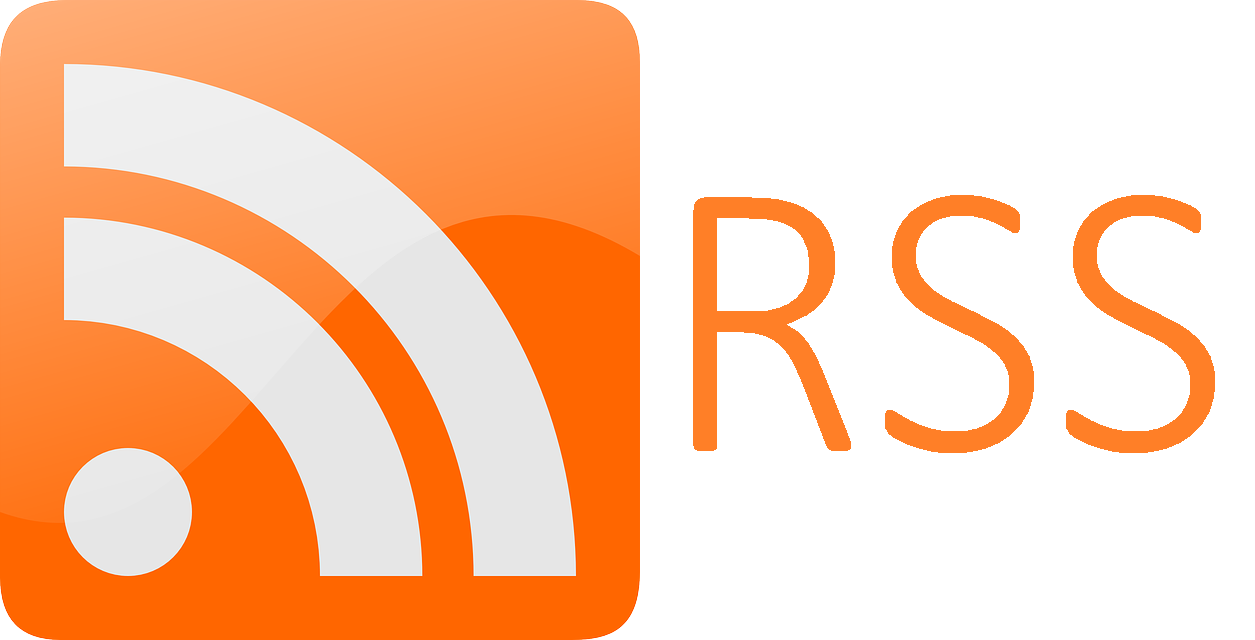Understanding RSS Feeds: Simplifying Content Consumption in the Digital Age
 Cloud Tuned
Cloud Tuned
Understanding RSS Feeds: Simplifying Content Consumption in the Digital Age
In today's fast-paced digital landscape, staying updated with the latest news, blogs, and content from your favorite websites can be challenging. This is where RSS (Rich Site Summary) comes into play, offering a streamlined solution for content consumption. Let's explore what RSS is, how it works, and why it remains a valuable tool for staying informed in the digital age.
What is RSS?
RSS, originally known as Rich Site Summary but often referred to as Really Simple Syndication, is a web feed format used to publish frequently updated content from websites in a standardized XML file format. RSS allows users to subscribe to their favorite websites and receive updates in a centralized feed reader, eliminating the need to visit each site individually to check for new content.
How Does RSS Work?
RSS works by generating an XML file, known as an RSS feed, that contains metadata and summaries of recent articles, blog posts, or other content published on a website. Website owners can create and publish RSS feeds using specialized software or services that automatically update the feed whenever new content is published.
Users can subscribe to RSS feeds using a feed reader or aggregator, which retrieves and displays the latest content from subscribed feeds in a single, unified interface. Feed readers can be web-based services, desktop applications, or mobile apps, providing users with flexibility in how they consume and manage their feeds.
Key Benefits of RSS
1. Centralized Content Consumption
RSS allows users to consolidate updates from multiple websites into a single feed reader, providing a centralized hub for consuming content. This saves time and effort by eliminating the need to visit each site individually to check for updates.
2. Customizable Subscriptions
RSS empowers users to subscribe to specific topics, authors, or categories of content that interest them, ensuring a personalized and curated feed tailored to their preferences. Users have full control over which feeds they subscribe to and can easily add or remove subscriptions as needed.
3. Offline Reading
Many feed readers offer offline support, allowing users to download and access articles for offline reading. This is particularly useful for users who want to catch up on their reading during commutes, flights, or other situations where internet connectivity may be limited or unavailable.
4. Privacy and Control
Unlike social media algorithms and news aggregators, RSS puts users in control of their content consumption experience. There are no algorithms dictating which content is displayed, and users' reading habits are not tracked or monetized by third parties, ensuring privacy and autonomy.
Getting Started with RSS
1. Choose a Feed Reader
There are numerous feed readers available, ranging from web-based services like Feedly and Inoreader to desktop applications like FeedDemon and QuiteRSS. Explore different options to find a feed reader that suits your preferences and workflow.
2. Find RSS Feeds
Look for the RSS icon (usually an orange square with white radio waves) on your favorite websites to identify RSS feeds. Alternatively, you can use search engines or RSS directories to discover new feeds based on topics of interest.
3. Subscribe to Feeds
Once you've found an RSS feed, simply copy the feed URL and paste it into your chosen feed reader to subscribe. Repeat this process for each feed you want to add to your feed reader.
4. Start Reading
Once you've subscribed to your favorite feeds, start exploring and reading the latest content in your feed reader. Customize your reading experience by organizing feeds into folders, marking articles as read, and saving articles for later.
Conclusion
RSS remains a valuable tool for simplifying content consumption in the digital age, offering a centralized and customizable solution for staying informed and up-to-date with the latest news, blogs, and content from your favorite websites. By leveraging RSS feeds and feed readers, users can streamline their content consumption experience, saving time, and staying informed on topics that matter to them. Embrace RSS, take control of your content consumption, and enjoy a more efficient and personalized reading experience in the digital era.
Subscribe to my newsletter
Read articles from Cloud Tuned directly inside your inbox. Subscribe to the newsletter, and don't miss out.
Written by
